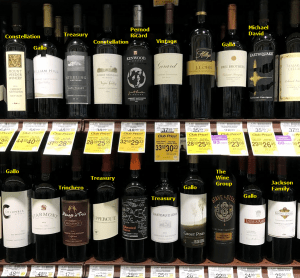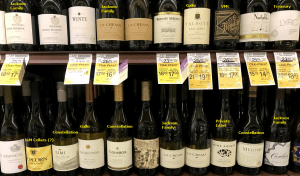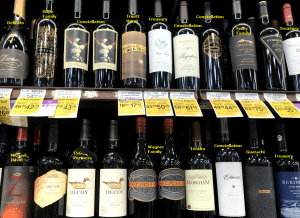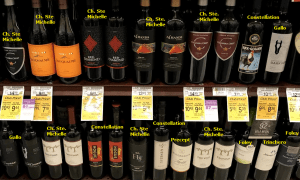The other night I had a gorgeous rosé….which I have ZERO desire to ever purchase again.
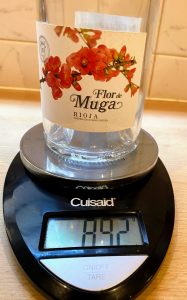
For comparison, I weighed a FULL bottle of Champagne as well. You expect that to be thick and heavy to hold the pressure.
It was 1595 grams, meaning that this empty rosé bottle (892 g) weighed more than HALF a full bottle of Champagne.
Oh, don’t get me wrong. It was absolutely lovely. Superb even.
The 2018 Flor de Muga from Rioja checked off so many of my yummy boxes. High-intensity aromatics of strawberries, citrus peel and peaches. Crackling acidity and freshness with a little bit of creamy texture coming from the oak. Long minerally finish that introduces some cinnamon spice to add complexity. Scrumptious to the last drop.
But every time I refilled my glass, enthusiasm for buying this rosé diminished. Because regardless of how much pleasure it was giving me, I couldn’t get past how obnoxiously heavy the bottle was.
It was ridiculous. Holding the empty Muga bottle in my hand, I was startled with how similar the weight felt compared to the bottle of Bodegas Tradición Amontillado I had just opened that was mostly still full. While I bought this bottle online, the next time I see this wonderful and exceptionally well-made rosé available for purchase, it’s going to get a big ole “Nope” from me.
Why?
Because there are TONS of wonderful and exceptionally well-made rosés out there that I can buy instead–including many that I have yet to discover. There’s no monopoly, anywhere, from any region or winery for quality wine. Like every other consumer, I have near limitless options to spend my money. Making good wine alone doesn’t cut it.
And, frankly, life’s too short to waste time with obnoxious fat ass bottles.
As part of a Millennial generation that has been telling brands for years that we want more sustainable, less wasteful packaging, seeing wineries still cling to these ridiculous heavy bottles sends the message that they’re not serious about sustainability. I don’t care what platitudes of stewardship you put on your website if I’m holding the contradiction right in my hands.
But this isn’t just a Millennial thing.
Folks like Jancis Robinson have been speaking about the foolishness of Naughty Heavy Bottles (NHBs) for years. Thankfully, savvy wineries have been responding. Many are finding that not only can they save a substantial amount of money by being more environmentally conscience, it’s what many of their customers want.
Jason Haas of Tablas Creek noted his surprise at this revelation when he looked back on his winery’s journey towards greener bottles.
But before we made our bottle change, we reached out to our fans on Facebook, Twitter, and this blog asking for what they looked for in a wine bottle. I was expecting a mix of people in favor of the solidity and feel of the heavier bottles and those who wanted the greener environmental footprint of the lighter bottles. And there were a few of each of those. But the overwhelming majority of the responses focused on utility: people wanted bottles that they could lift and store comfortably, and larger bottles don’t fit in many pre-made wine racks. The hostility toward the larger bottles was eye-opening.
— Jason Haas “A lighter wine bottle revisited, 10 years and 1,370,000 pounds of glass later”, July 29, 2019
But wait, Amber. What about all those marketing and psychology studies saying that people respond positivity to heavy bottles?
They’ve all got merit. I’m not going to dispute that. There are certainly plenty of case studies out there to back them up. But besides invoking the wisdom of Bob Dylan about times a-changin’, I want to cast light on something that those case studies don’t consider.
The success of the “Heavy Bottle=Better, more premium wine” strategy is wholly dependent on ignorance. It’s a tent propped up with two poles.
Ignorance of what makes a wine truly high quality and premium.
Ignorance of the huge carbon footprint and environmental debt of transporting heavy glass bottles.

Another thing to consider–a flimsy tent is easy to set up. Other, even cheaper, brands can adopt thicker bottles–negating your “competitive” advantage.
Sure, you may fool Joe RandoCustomer on the sales floor with your hefty Bottle A swaying him away from Bottle B. But you can’t escape that the long-term success of this trick depends on sustained ignorance. As soon as any of that ignorance chips away, the tent collapses.
Go back to Haas’ Tablas Creek blog.
Note that it was his loyal (i.e., repeat) customers who were telling him so overwhelmingly how much they hated the heavy bottles. These customers are less likely to be fooled on the sales floor by a heavy bottle because they’ve found plenty of premium wines, like Tablas Creek, that aren’t in those kinds of bottles. The light bulb has “clicked” for them so that pillar of ignorance loses its support.
However, losing that second pillar of ignorance is what’s really going to sink heavy bottles.
With all the talk about sustainability these days, would you really want to place a wager on your customers staying ignorant about wine’s carbon footprint? Or that the vast majority of a winery’s carbon costs come from the packaging and transport of glass bottles?

While glass is 100% recyclable, it does have its share of problems.
Sure, we can talk about cans, pouches and other alternative packages, but I’m not going there today. Instead, I just want wineries to start reading the writing that’s on the wall and the messaging that their customers (both current and future) are getting.
Every day, we see more companies reducing packaging waste. Coca Cola has been making their bottles lighter. The beer and cider industry have adopted “lightweighting”.
And in the wine industry, numerous forward-thinking wineries like Jackson Family Estates, Tablas Creek, Torres and more have long ago shown that, for them, sustainability isn’t a platitude. While they might not aggressively market their lighter bottles as a competitive distinction, there’s going to be wineries that will.
While it’s not just a “Millennial Thing,” it certainly is important to us.
Lots of ink has been wrung worrying about Millennials and Gen Z consumers. The hot question is always when are we going to come around and start adopting wine like previous generations. There is some truth to the optimism that all that my cohorts need is time. However, wineries need to be thinking now about the messaging that they’re sending to these consumers.
Because, yeah, your wine may be great. But so are numerous other wines that similarly want a piece of our wallets. If we have the choice between a wine that speaks to our values and one that doesn’t (or is even hypocritical about it), you know which one has the advantage.
Ignorance may be bliss, but it’s not something I would wager on.

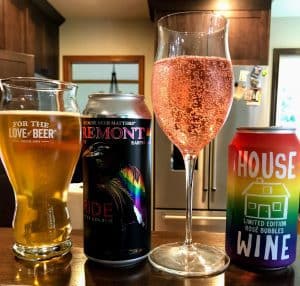
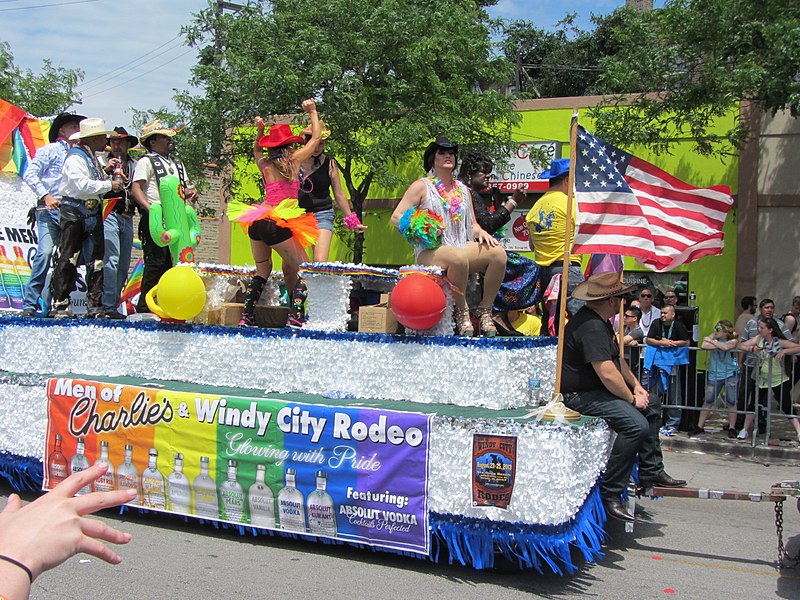
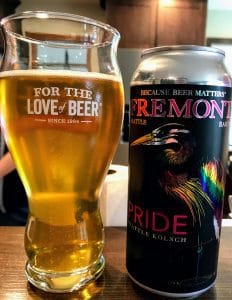
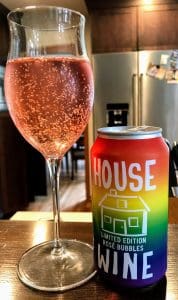
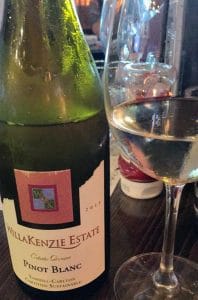 Continuing our Oregon Wine Month celebration, here are a few quick thoughts about the 2013
Continuing our Oregon Wine Month celebration, here are a few quick thoughts about the 2013 




